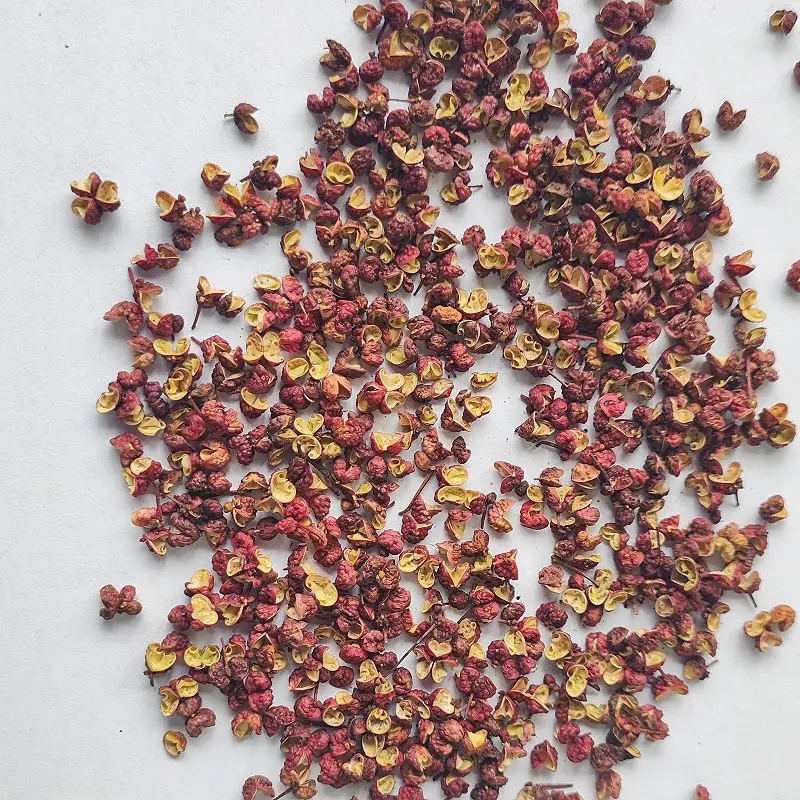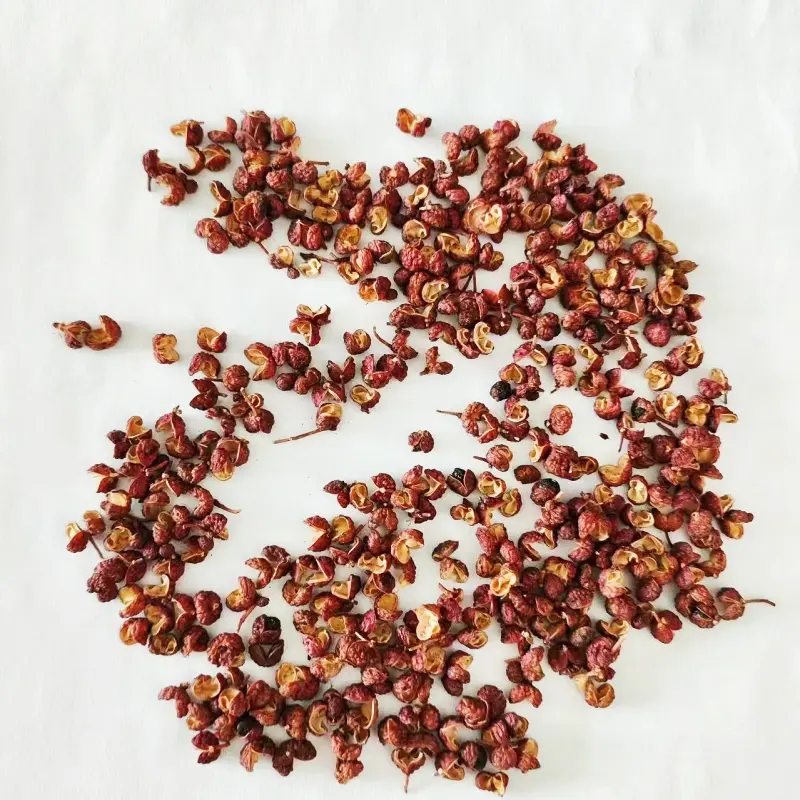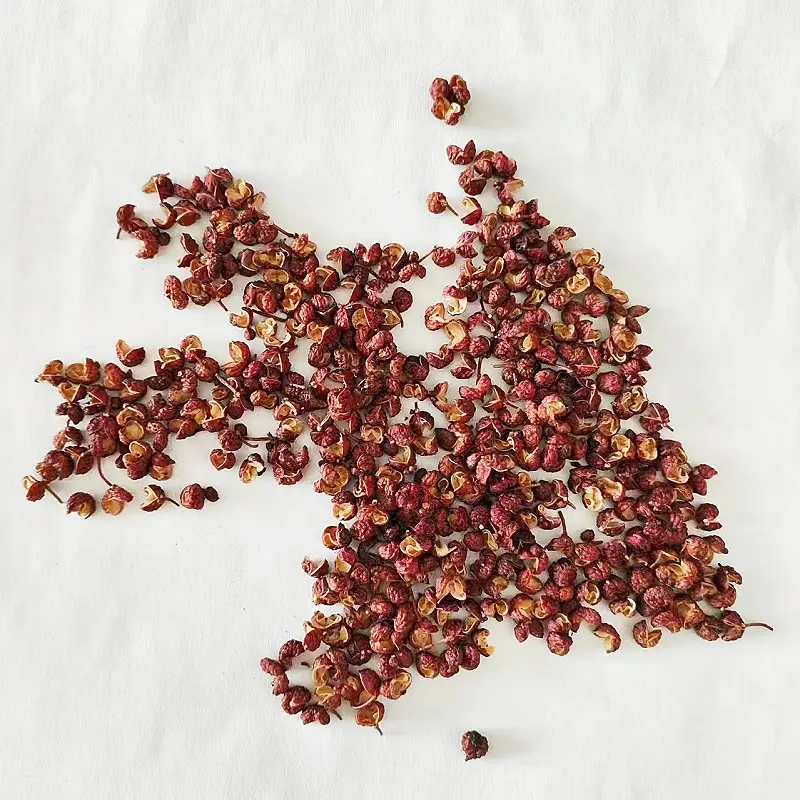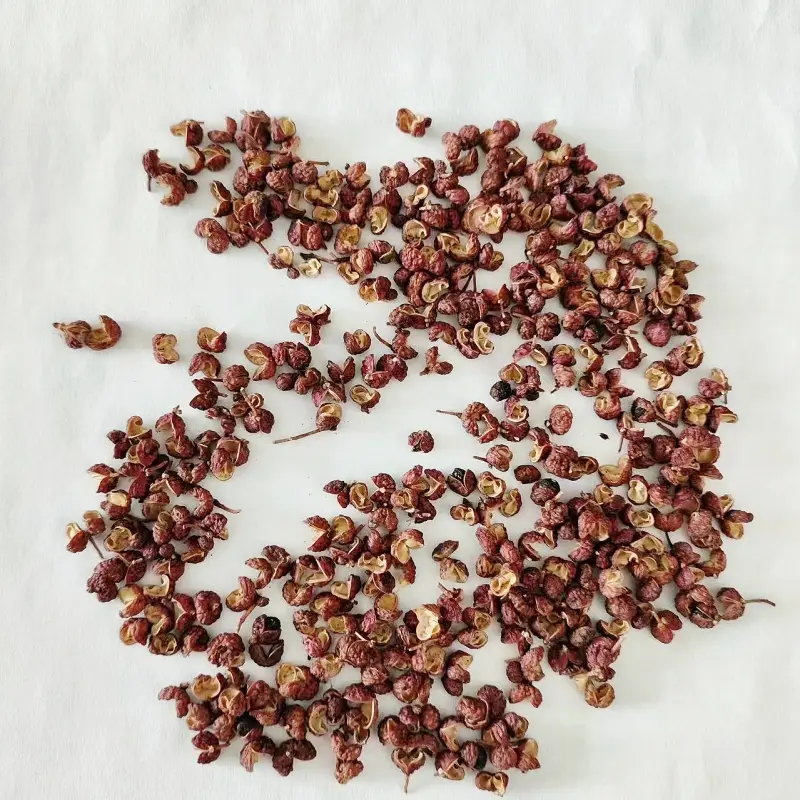Both belong to the genus Zanthoxylum and share characteristics that contribute to the famous "numbing" or "tingling" sensation in Chinese cuisine, especially in Sichuan dishes. Below is a detailed comparison to help clarify their differences and similarities.
Origins and Varieties
Prickly Ash: Prickly ash refers to several species of trees and shrubs found primarily in North America and Asia. Two common species are Zanthoxylum americanum (American prickly ash) and Zanthoxylum simulans (Chinese prickly ash). The term "prickly ash" generally applies to North American varieties, which have been used historically for medicinal purposes by indigenous populations and settlers.
Sichuan Peppercorn: Sichuan peppercorn, or huā jiāo in Mandarin, is most closely associated with species like Zanthoxylum piperitum and Zanthoxylum simulans in Asia. It is native to China and used extensively in Sichuan cooking. The peppercorns are reddish-brown husks of the fruit that provide a distinct numbing sensation.
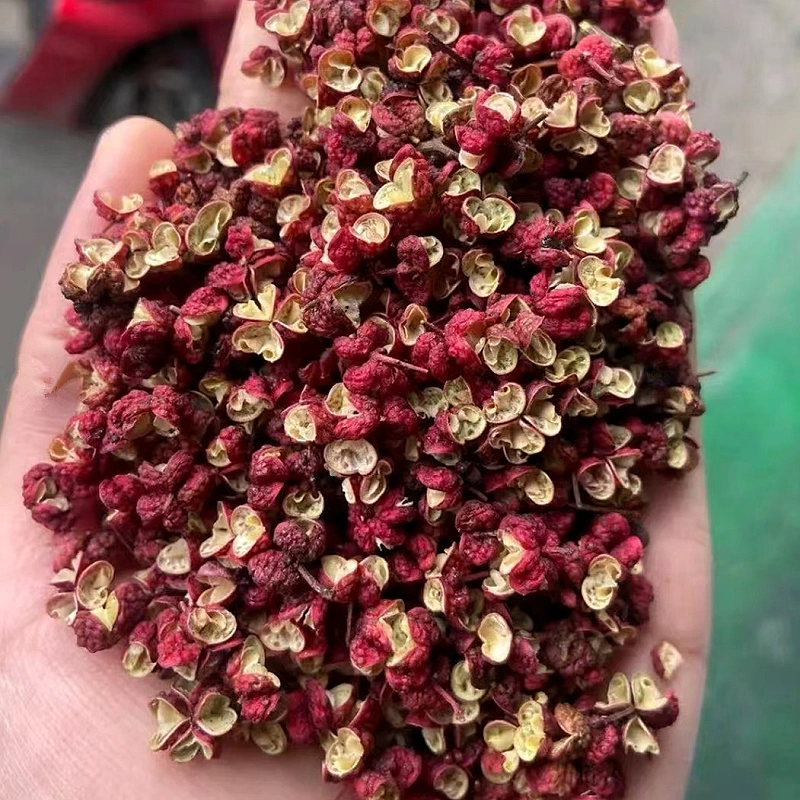
Sensory Experience: The Numbing Effect
One of the most prominent similarities between prickly ash and Sichuan peppercorn is their signature numbing or tingling effect, technically known as paraesthesia. This sensation is caused by a compound called hydroxy-alpha-sanshool, which interacts with nerve receptors in the mouth, creating a tingling or vibrating feeling. This effect is distinct from the heat produced by chili peppers.
Sichuan Peppercorn: Known for its "mala" sensation, which is a combination of both numbing (from Sichuan peppercorn) and heat (from chilies), this spice creates a strong, buzzing sensation on the tongue, often described as electrifying or mouth-tingling.
Prickly Ash: Prickly ash can produce a similar numbing sensation, though it is often described as milder compared to Sichuan peppercorn. In North American varieties, the numbing sensation is less pronounced but still noticeable.
Culinary Uses
Sichuan Peppercorn: Sichuan peppercorn is a critical component of Sichuan cuisine, and its use is essential in dishes like mapo tofu, dan dan noodles, and Kung Pao chicken. It is typically toasted and ground into a powder, used either on its own or in combination with other spices to form famous blends like five-spice powder or Sichuan mala sauce. The unique numbing sensation pairs well with spicy chilies, creating the famous "mala" (numbing-spicy) flavor.
Prickly Ash: Prickly ash is not commonly used in cooking in North America. Instead, it has historically been more valued for its medicinal properties. In traditional Native American remedies, it has been used as a treatment for digestive issues, toothaches, and as a stimulant. In Chinese cuisine, Chinese prickly ash species are used in a way similar to Sichuan peppercorns, often interchangeably.
Botanical Differences
Although both prickly ash and Sichuan peppercorn come from the same genus (Zanthoxylum), they are different species and differ botanically.
Prickly Ash: American prickly ash (Zanthoxylum americanum) is a small tree or shrub native to North America. It is also called toothache tree due to its use as a natural remedy for tooth pain. Its bark and berries have been used in herbal medicine. The plant produces small, reddish fruits similar in appearance to Sichuan peppercorns but with a more medicinal taste.
Sichuan Peppercorn: This spice comes from the dried husks of the seeds from species like Zanthoxylum simulans or Zanthoxylum piperitum, found mainly in China. These plants are small shrubs or trees that bear bright red or green berries. After the berries are harvested, the seeds are discarded, and only the husks are used as a spice.
Flavor Profile
Prickly Ash: The flavor of prickly ash is more medicinal, often described as slightly bitter or citrusy. It lacks the strong, aromatic qualities of Sichuan peppercorn and is rarely used in culinary dishes due to its overpowering taste.
Sichuan Peppercorn: Sichuan peppercorn has a citrusy, floral aroma with a distinct tang that complements the tingling numbness. The spice is known for its ability to elevate savory dishes by balancing the rich, spicy flavors in Chinese cuisine.
Health Benefits
Both prickly ash and Sichuan peppercorn have been used in traditional medicine, though prickly ash is more well-known for its medicinal uses in North America.
Prickly Ash: Traditionally used for its anti-inflammatory and analgesic properties, prickly ash has been employed as a treatment for conditions like toothaches, digestive issues, and circulatory problems. Native Americans often used the bark and berries in poultices and teas.
Sichuan Peppercorn: In traditional Chinese medicine, Sichuan peppercorn is believed to stimulate circulation, aid digestion, and alleviate pain. It's also thought to have antimicrobial properties. However, it's most popular for its culinary applications rather than as a medicinal herb.
Uses Beyond Culinary
Prickly Ash: Due to its medicinal properties, prickly ash is often found in herbal remedies and is used in both tinctures and poultices. It has been incorporated into various treatments for rheumatism, arthritis, and neuropathy. Its use as a spice is limited compared to its herbal applications.
Sichuan Peppercorn: While primarily used in food, Sichuan peppercorn has been utilized in traditional Chinese medicine for treating ailments like stomachaches and inflammation. It is less common in Western herbal medicine but has a long history in Asia.
Availability and Legal Status
Sichuan Peppercorn: Sichuan peppercorn was once banned in the United States from 1968 until 2005 due to concerns over the spread of citrus canker, a bacterial disease affecting citrus plants. After the ban was lifted, Sichuan peppercorn became widely available again and is now easy to find in Asian grocery stores and specialty spice shops.
Prickly Ash: Prickly ash is relatively uncommon outside of herbal medicine stores in North America. It can be found in specialty herb shops, but it's not typically stocked in regular grocery stores. For culinary purposes, its use is primarily restricted to Chinese varieties of prickly ash.
Conclusion: Are Prickly Ash and Sichuan Peppercorn the Same?
While prickly ash and Sichuan peppercorn are closely related and share some similar properties, particularly the numbing sensation, they are not the same. Prickly ash is mainly known for its medicinal uses, especially in North America, while Sichuan peppercorn is a key spice in Chinese cuisine. Despite their botanical similarities, their flavor profiles and uses differ significantly. If you're cooking a Sichuan dish and looking for that signature "mala" flavor, Sichuan peppercorn is the spice you need, not North American prickly ash.
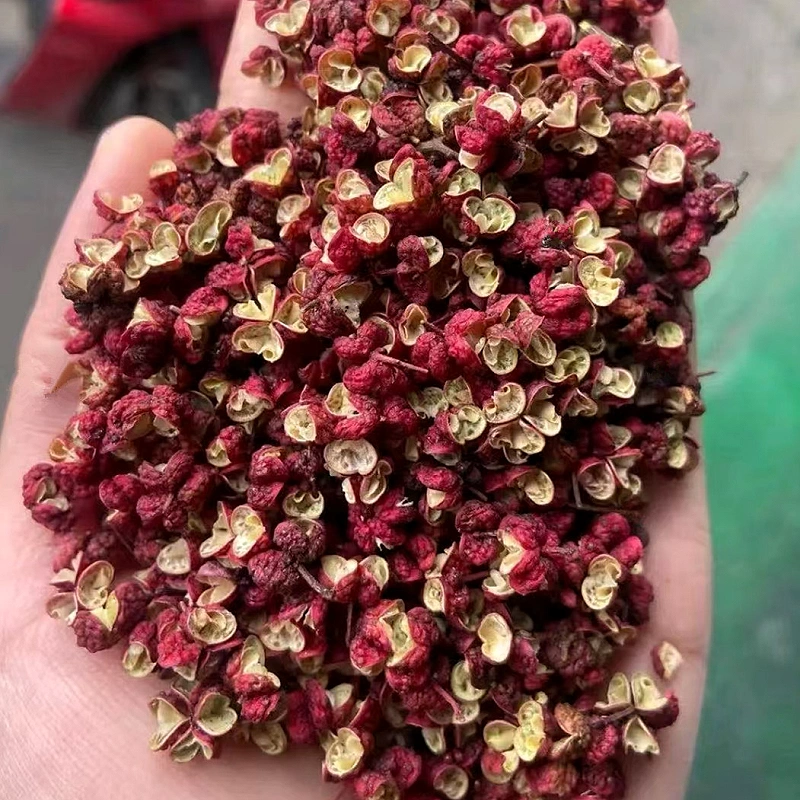
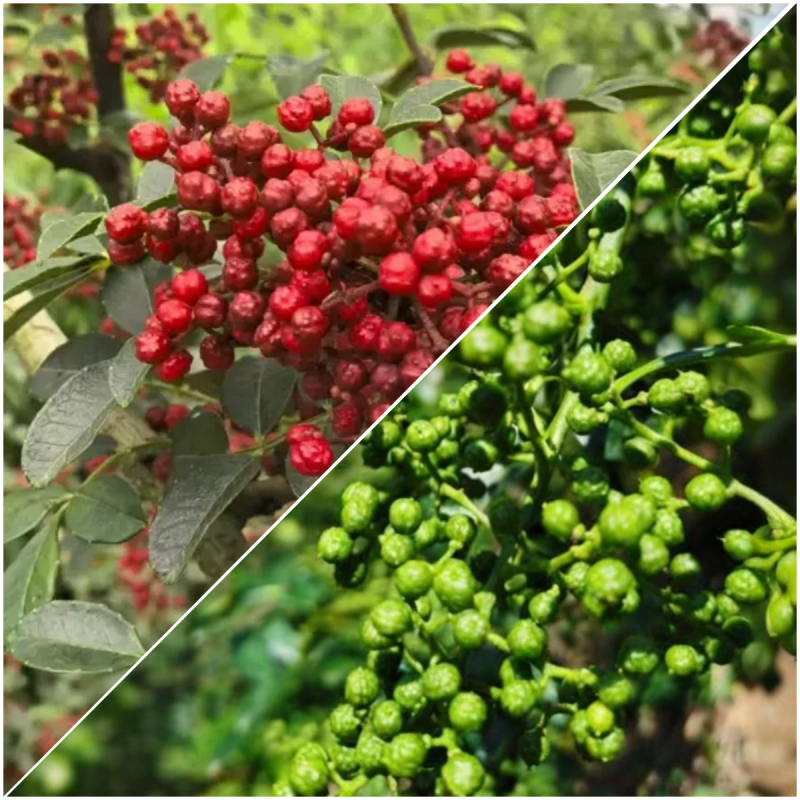

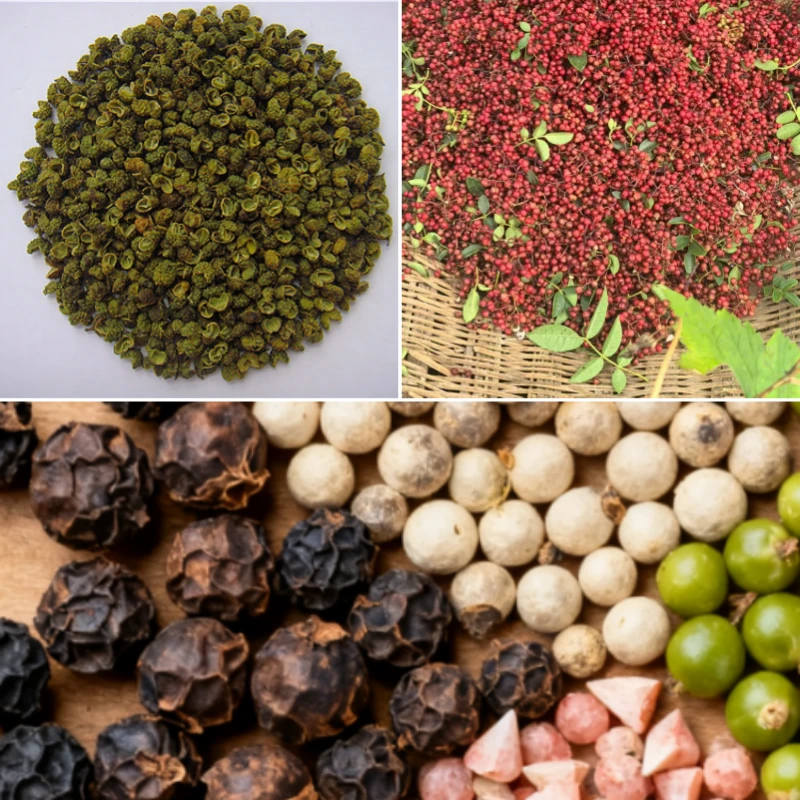
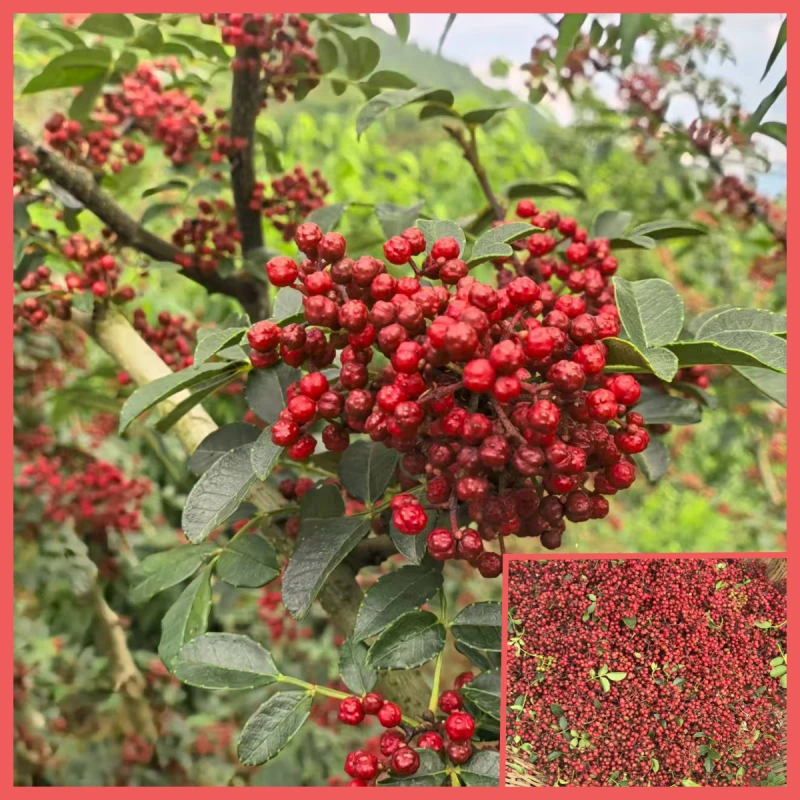
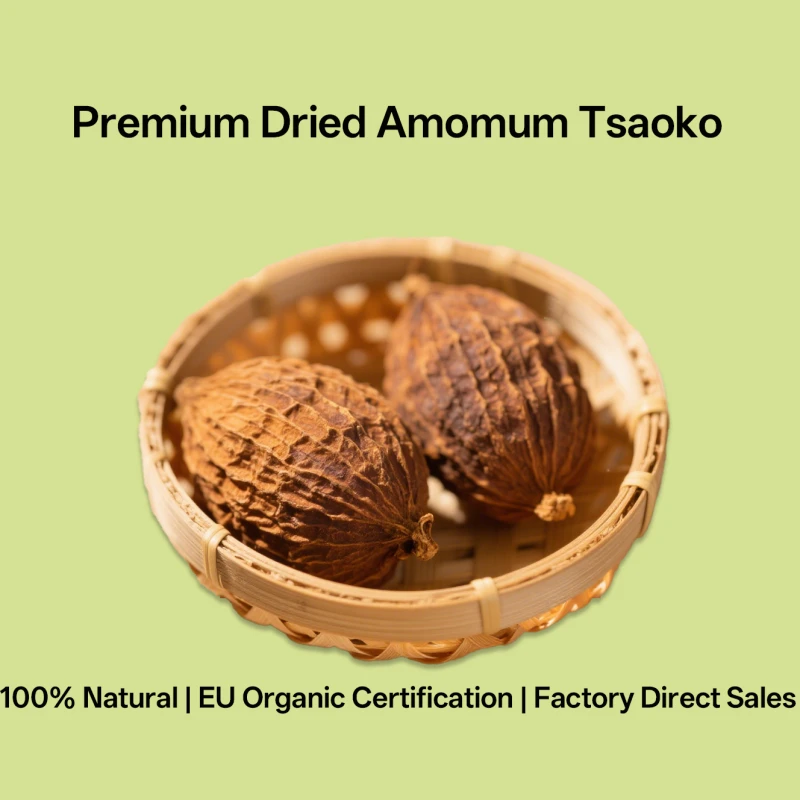
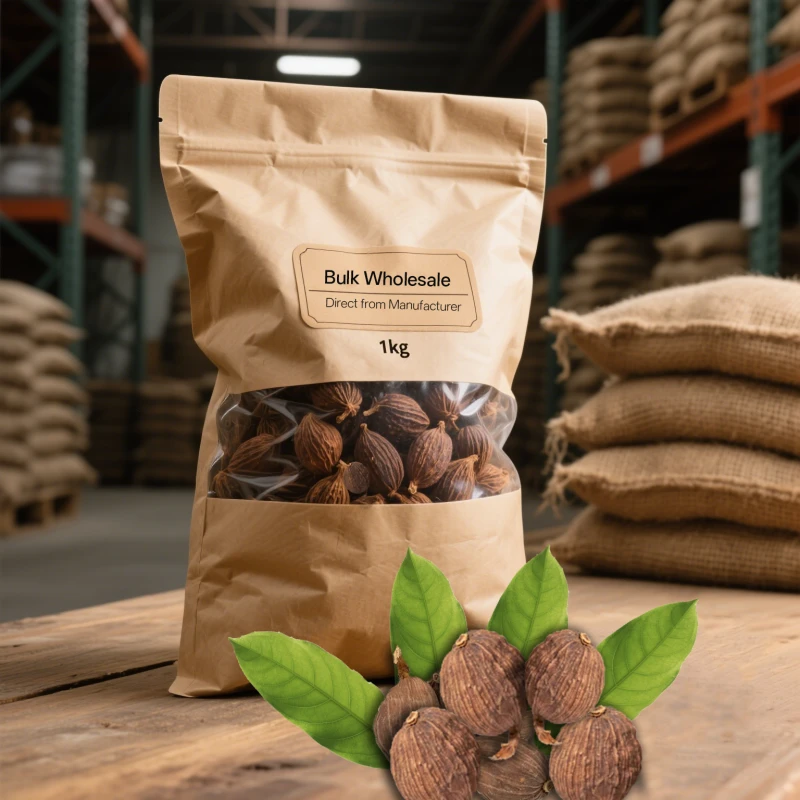
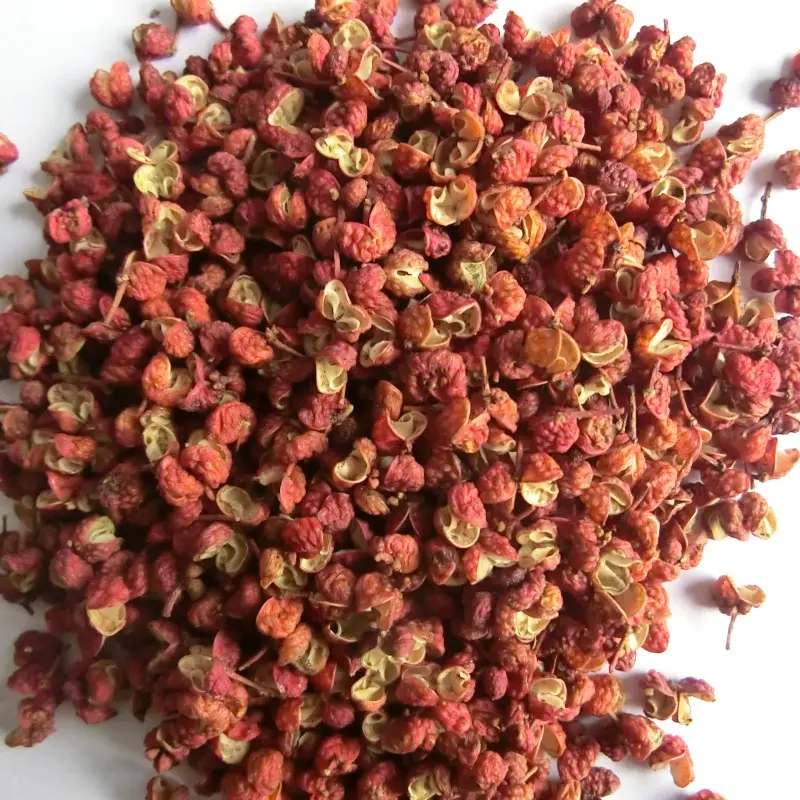
811.webp)
